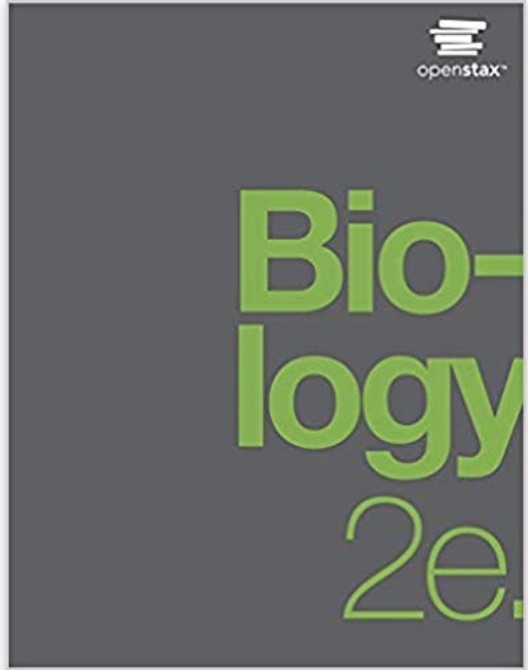Animal Reproduction and Development Resources
Overview
Animal reproduction is necessary for the survival of a species. In the animal kingdom, there are innumerable ways that species reproduce. Asexual reproduction produces genetically identical organisms (clones), whereas in sexual reproduction, the genetic material of two individuals combines to produce offspring that are genetically different from their parents. During sexual reproduction the male gamete (sperm) may be placed inside the female’s body for internal fertilization, or the sperm and eggs may be released into the environment for external fertilization.
Learning Objectives
Learning Objectives (Biology II TAGs)
II.5. Describe current models of cell membrane structure and function.
II.6. Describe and contrast reproduction and development animal systems.
Recommended Textbook Resources
Chapter 43: Animal Reproduction and Development
OpenStax: Biology 2e
Animals produce offspring through asexual and/or sexual reproduction. Both methods have advantages and disadvantages. Asexual reproduction produces offspring that are genetically identical to the parent because the offspring are all clones of the original parent. During sexual reproduction the genetic material of two individuals is combined to produce genetically diverse offspring that differ from their parents.
Student Assessment Activities
Student Assessment Activities are below; instructors can also Download the Animal Reproduction and Development Student Activities Word File or View the Animal Reproduction and Development Student Activity Google Doc.
Project 1:
Answer the following questions in your group and be prepared to discuss them with the class.
Describe the advantages and disadvantages of both asexual and sexual reproduction.
Define internal and external fertilization. From an evolutionary perspective, external fertilization was first but why did internal fertilization follow?
Compare and contrast gametogenesis in the human male and female.
List and describe the role (function) of both the male and female hormones.
Define the following terms: fertilization, blastula, gastrulation, organogenesis.
Project 2:
Find the correct answers to the end of the chapter “Review Questions.” Note the page number on which you found the answer. Be prepared to share and explain your answers in a group setting.
Project 3:
Answer the end of the chapter “Critical Thinking Questions.”
